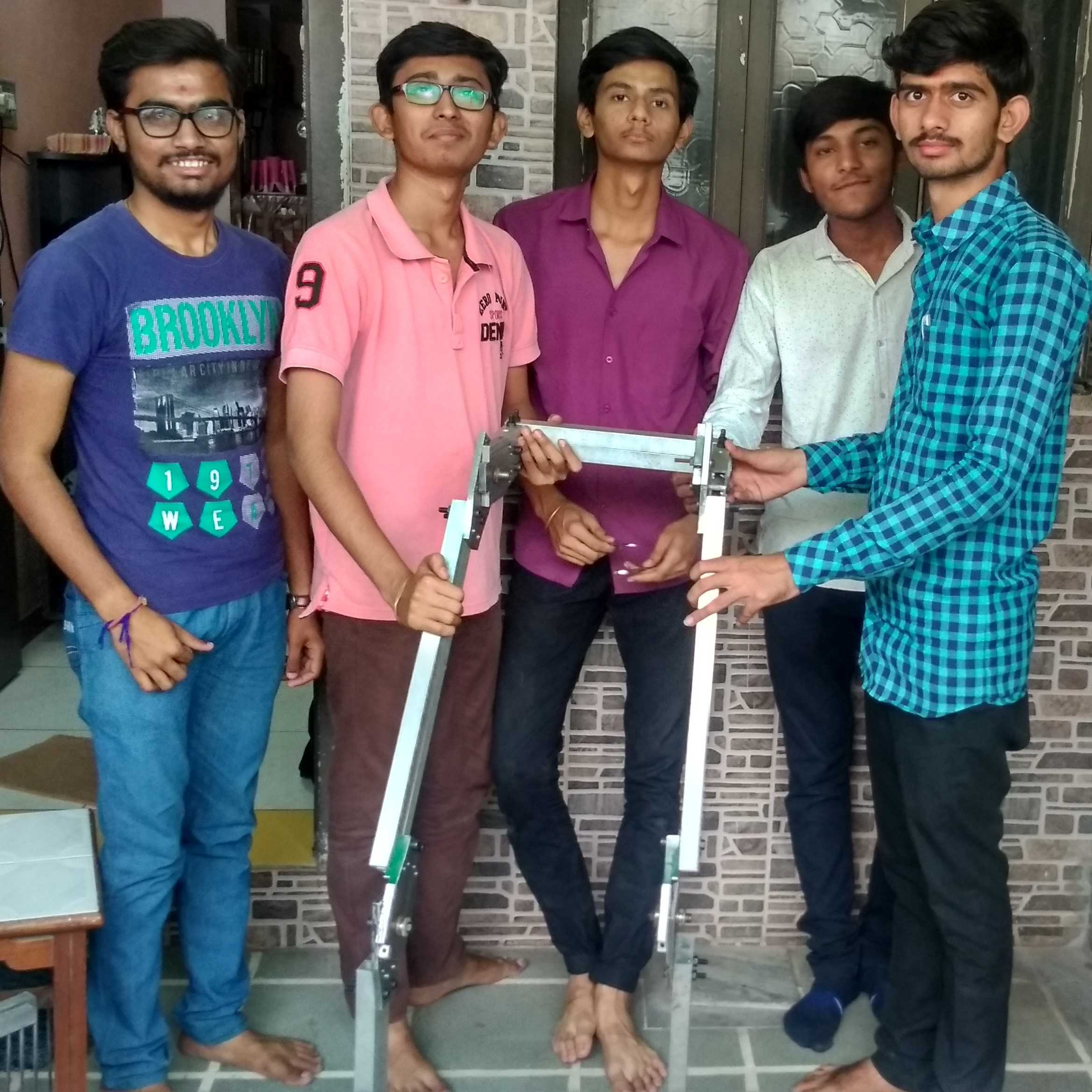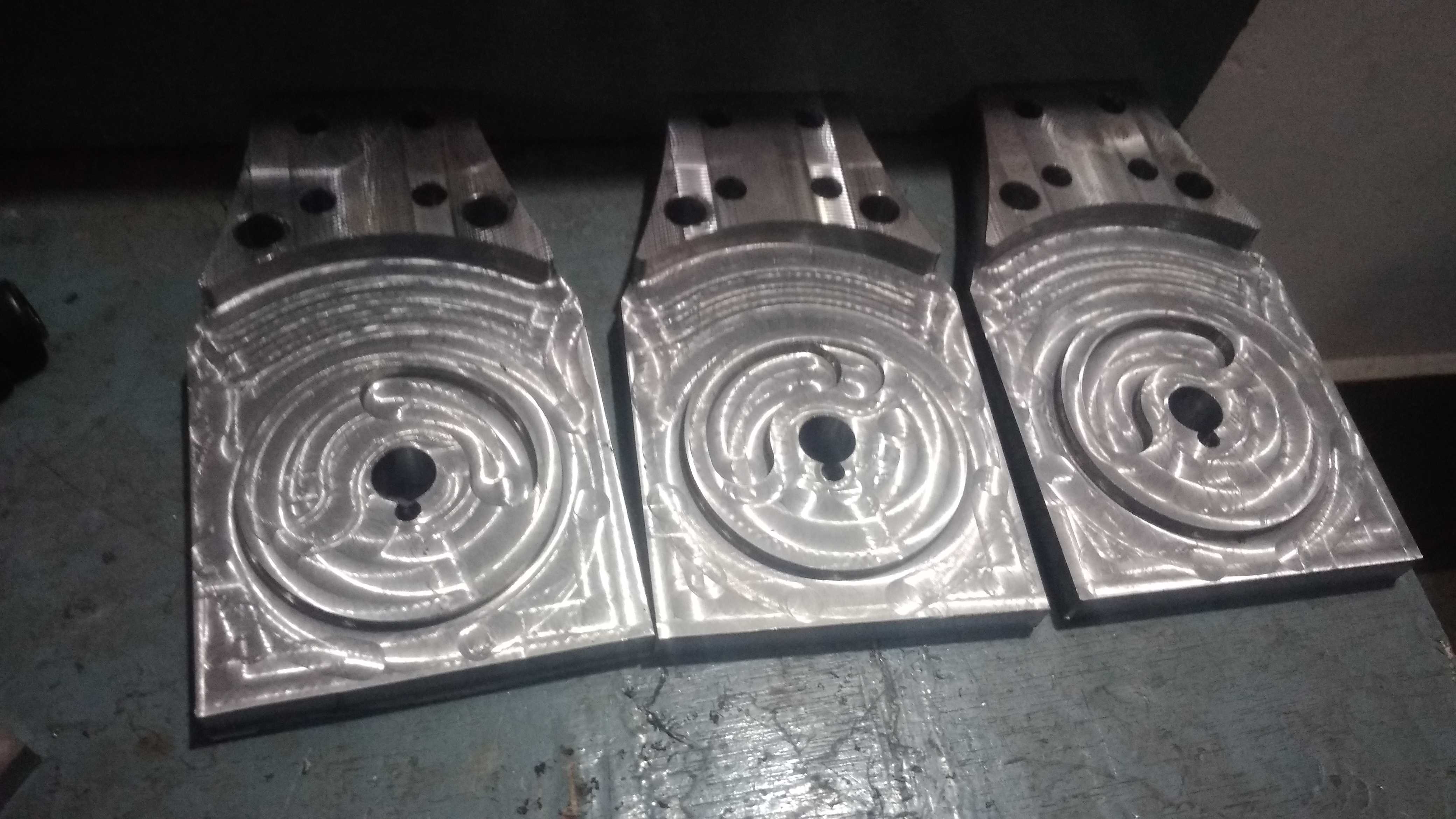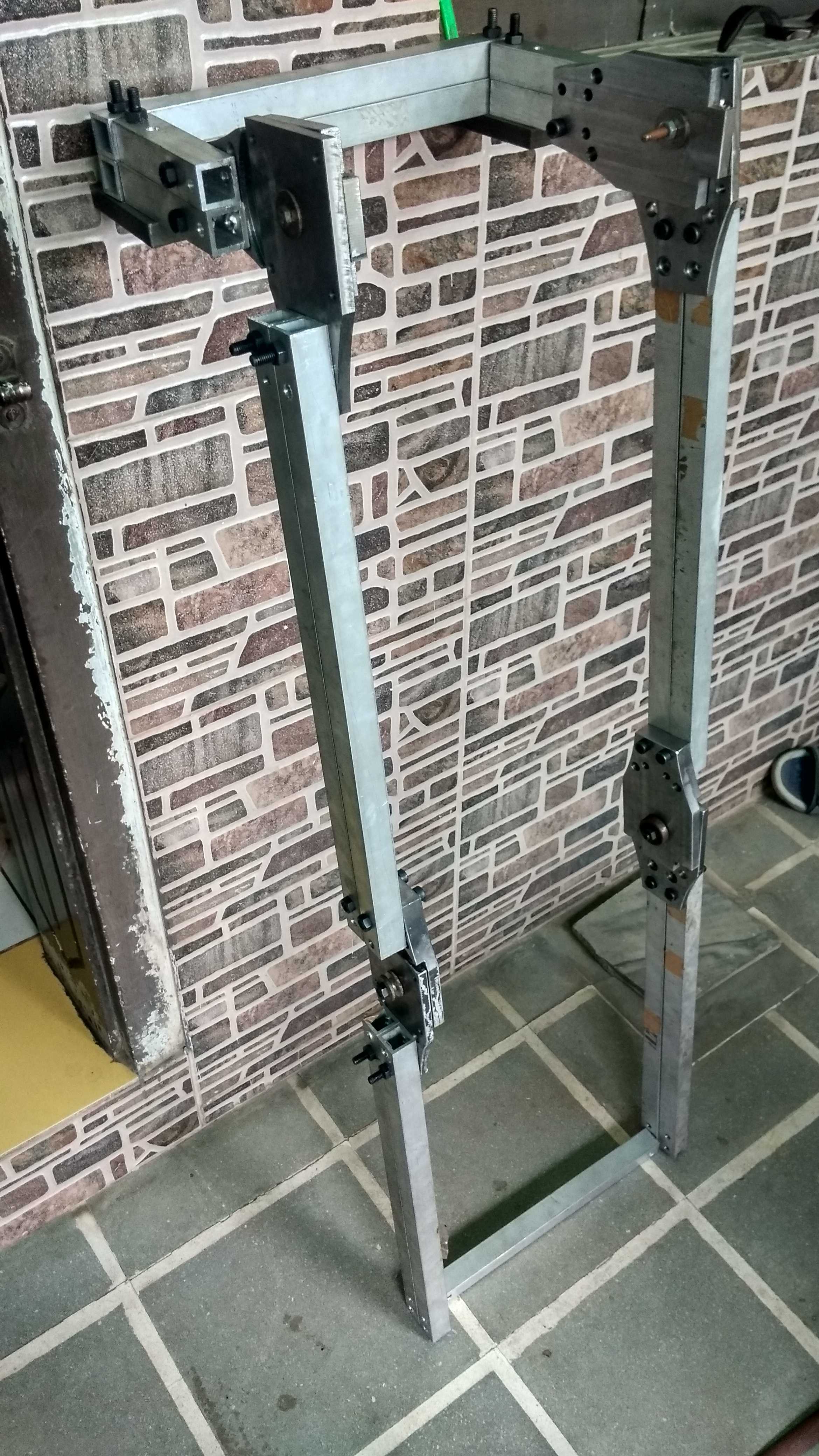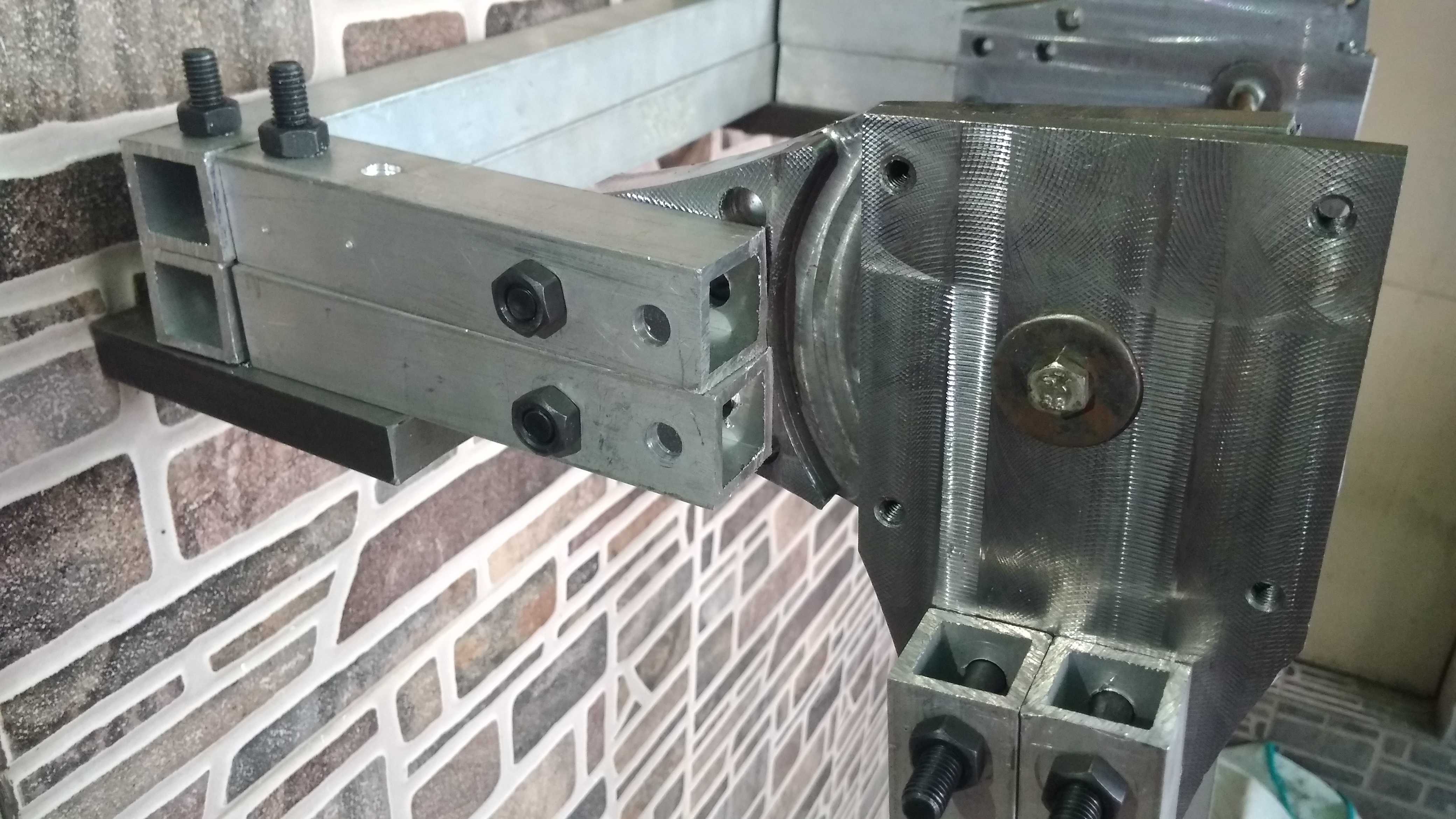Powered Exoskeleton
Abstract
It is a fantastic time for the field of robotic exoskeletons. Recent advances in actuators, sensors, materials, batteries, and computer processors have given new hope to creating the exoskeletons of yesteryear's science fiction. While the most common goal of an exoskeleton is to provide superhuman strength or endurance, scientists and engineers around the world are building exoskeletons with a wide range of diverse purposes. Exoskeletons can help patients with neurological disabilities improve their motor performance by providing task specific practice. Exoskeletons can help physiologists better understand how the human body works by providing a novel experimental perturbation. Exoskeletons can even help power mobile phones, music players, and other portable electronic devices by siphoning mechanical work performed during human locomotion. This special thematic series on robotic lower limb exoskeletons and orthoses includes eight papers presenting novel contributions to the field. The collective message of the papers is that robotic exoskeletons will contribute in many ways to the future benefit of humankind, and that future is not that distant.



